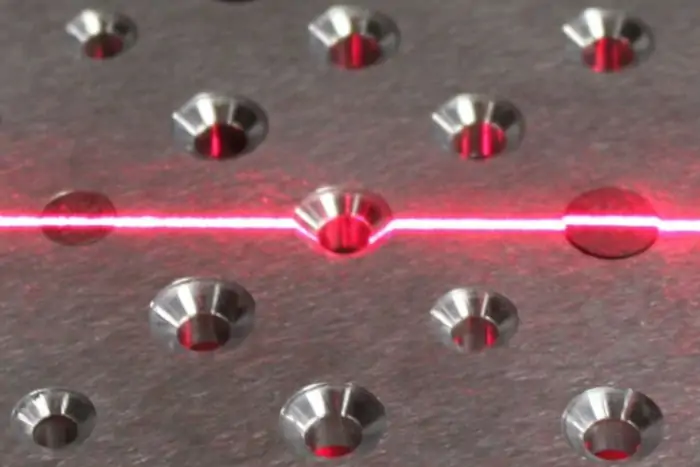
- Perceived quality, which can be defined by the visual appearance of a part or an assembly of parts
- And structural quality, which corresponds to the condition of the material or the part
Surface inspection of a part is a complex task, so it seems reasonable to automate surface inspection.
Why to automate surface inspection?
Often, the surface inspection step is entrusted to operators. There are numerous ergonomic constraints linked to repetitive handling of parts, based on their size and/or weight as well as their shape. Beyond the costs incurred, the results may be unreliable, leading to customer complaints and dissatisfaction.
Artificial vision solutions (sensors plus software) provide an answer to the constraints of these manual operations:
- 100 % control in the production flow with a significant improvement in productivity
- Complete or partial automation of the control cycle: flexible integration solution
- Precise and repeatable measurements and detection thresholds
- Automated quality management using statistical and traceability tools
The benefits provided by automated quality control systems are plenty:
Automation:
- Simplifies the production inspection process
- Reduces inspection time
- Relieves operators of repetitive tasks
- Makes inspection results more reliable
- And guarantees control over the entire production
Furthermore, digitalization allows for:
- Gathering statistics and improve traceability
- Control over the collected data
- And remote access
Different areas of application of artificial vision
With an increase of production rates, manufacturers now need better control at each stage of the process. There are more and more sectors of activity in demand:
- Aeronautics, aerospace
- Automotive manufacturers
- Foundries and machinists
- Component suppliers
- Industrial joinery etc.
The types of potential defects are also numerous. Testia offers, among other services, standard solutions adapted to composite materials and rivet assembly.
Conclusion
Automated surface inspection is essential with current production rates. It is more reliable than manual control and adapts to different production lines. In particular, it is part of the process of continuous improvement and total quality.
Do you have a question or a sales inquiry? Contact us!
This article was originally published by Edixia Automation, now part of Testia
